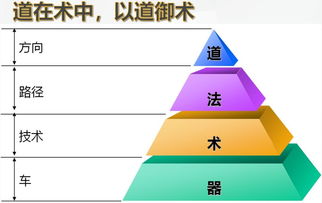Blockchain technology has revolutionized various industries, offering decentralized and transparent systems. However, the success of blockchain projects heavily relies on effective governance models. Governance in blockchain projects refers to the mechanisms and processes for decisionmaking, consensusbuilding, and managing community participation. Let's delve into the various governance models prevalent in blockchain projects.
In onchain governance, decisionmaking processes are encoded directly into the blockchain protocol. This model enables stakeholders to vote on proposed changes or updates, typically through smart contracts or tokenbased voting mechanisms. Onchain governance promotes transparency and decentralization, as decisions are executed on the blockchain itself. Examples include Decred and Tezos, which allow token holders to vote on protocol upgrades and funding proposals.

Offchain governance involves decisionmaking processes conducted outside the blockchain. Typically, project leaders or core development teams make decisions based on discussions, signaling, and informal agreements within the community. While offchain governance offers flexibility and agility, it may lack transparency and inclusivity. Projects like Bitcoin and Ethereum initially relied on offchain governance through mailing lists, forums, and developer conferences.
Hybrid governance combines elements of both onchain and offchain models to leverage their respective strengths. In this model, critical decisions are made through onchain mechanisms, while nontechnical or strategic decisions are handled offchain. Hybrid governance aims to strike a balance between decentralization and efficiency, ensuring broader community participation while maintaining agility in decisionmaking. Dash and EOS are examples of blockchain projects employing hybrid governance models.
Liquid democracy blends representative democracy with direct democracy, allowing token holders to either vote directly or delegate their voting power to trusted individuals or entities. This model enables efficient decisionmaking while ensuring representation for all stakeholders. Projects like Aragon and Polkadot explore liquid democracy concepts to enhance governance and scalability.
Futarchy, proposed by economist Robin Hanson, suggests using prediction markets to determine the outcome of proposed decisions. Token holders bet on the success of various proposals, and decisions are made based on market predictions. Futarchy aims to align incentives by incentivizing stakeholders to make decisions that maximize the value of the blockchain project. While not widely implemented, Futarchy remains an intriguing governance model for blockchain projects.
Effective governance is essential for the success and sustainability of blockchain projects. Whether through onchain mechanisms, offchain discussions, or hybrid approaches, choosing the right governance model requires careful consideration of factors such as decentralization, transparency, scalability, and community engagement. By embracing innovative governance models, blockchain projects can foster trust, collaboration, and longterm viability in the everevolving landscape of decentralized technologies.
文章已关闭评论!
2024-11-26 10:41:17
2024-11-26 10:39:49
2024-11-26 10:38:39
2024-11-26 10:37:33
2024-11-26 10:36:10
2024-11-26 10:34:42
2024-11-26 10:33:22
2024-11-26 10:32:03